Fibers and Fabrics
- The clothes are made from the fabrics.
- Later fabrics are formed from fibres which are obtained from artificial and natural sources.
Types of fibres

- Natural Fibres
- Natural fibres are obtained from the natural resources.
- Examples – wool, silk, cotton, etc.
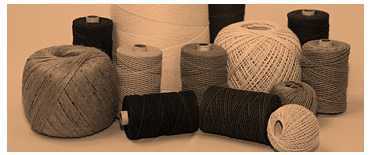
- Synthetic Fibres
- Synthetic fibres are man-made.
- Examples – nylon, acrylic, rayon, etc.
- When small units of chemicals join together in a large chain then synthetic fibres are formed.
- The chain formed is called as polymer. Polymer is a Greek word where ‘poly’ means many and the word ‘mer’ means units.
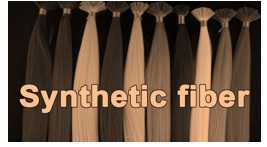
Types of Synthetic Fibres
- Rayon
- When the wood pulp is treated chemically then rayon is obtained.
- Rayon is cheaper than silk
- Bed sheets are made with the mix of rayon and cotton.
- Nylon
- It is used for making bristle of the toothbrush.
- Also used in making ropes, socks, clothes, curtains, sleeping bags, etc.
- Polyester
- When units are repeated chemically then polyester is formed.
- It is used to make the insulating material in pillow, ropes, etc.
- Acrylic
- It is also named as synthetic wool or artificial wool.
- The clothes obtained from acrylic are quite cheaper than the clothes formed from wool
- It is used to make blanket, sweaters, etc.
Characteristics of synthetic fibres
- Synthetic fibres are quite cheaper
- They are considered to be stronger and reliable.
- They are easy to wash and maintain.
- Also easy to carry and readily available.
Plastics
- Plastic is also a polymer.
- Some plastics have a linear arrangement of units and some have cross-linked arrangement
- It is used to make suitcase, toys, cabinets, brush, bags, tables, chairs, etc.
- One of the most known and famous examples of plastic is polyethylene which is used in the formation of carry bags.
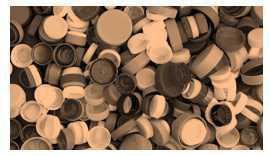
Types of plastic
- Thermoplastic
- These plastics which easily get bent or deform with heat.
- PVC and polythene are the examples
- It is used to make containers, bottles, toys, etc.

- Thermosetting plastic
- Once mould cannot be reframed by heating.
- These are used to make an electric switch, floor tiles, hardboard, etc.
- Bakelite and melamine are the examples of Thermosetting plastic
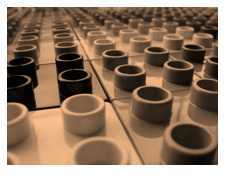
Characteristics properties of plastics
- Plastic is strong, light and durable.
- It is non-reactive
- Plastic is a poor conductor.
Plastic uses in various fields
- A plastic called Teflon is used in making Nonstick coat on the cookware.
- Melamine plastic is used in the uniforms of firemen which make them flame resistant.
- In the making of microwave ovens, special plastic cookware is used for cooking food.
- It is also used in the healthcare industry for packaging of threads, tablets, syringes, etc.
Recap
- The clothes are made from the fabrics.
- Later fabrics are formed from fibres which are obtained from artificial and natural sources.
- Synthetic fibres are quite cheaper
- They are considered to be stronger and reliable.
- Plastic is also a polymer.
- Some plastics have linear arrangement of units and some have cross-linked arrangement
- It is used to make suitcase, toys, cabinets, brush, bags, tables, chairs, etc.
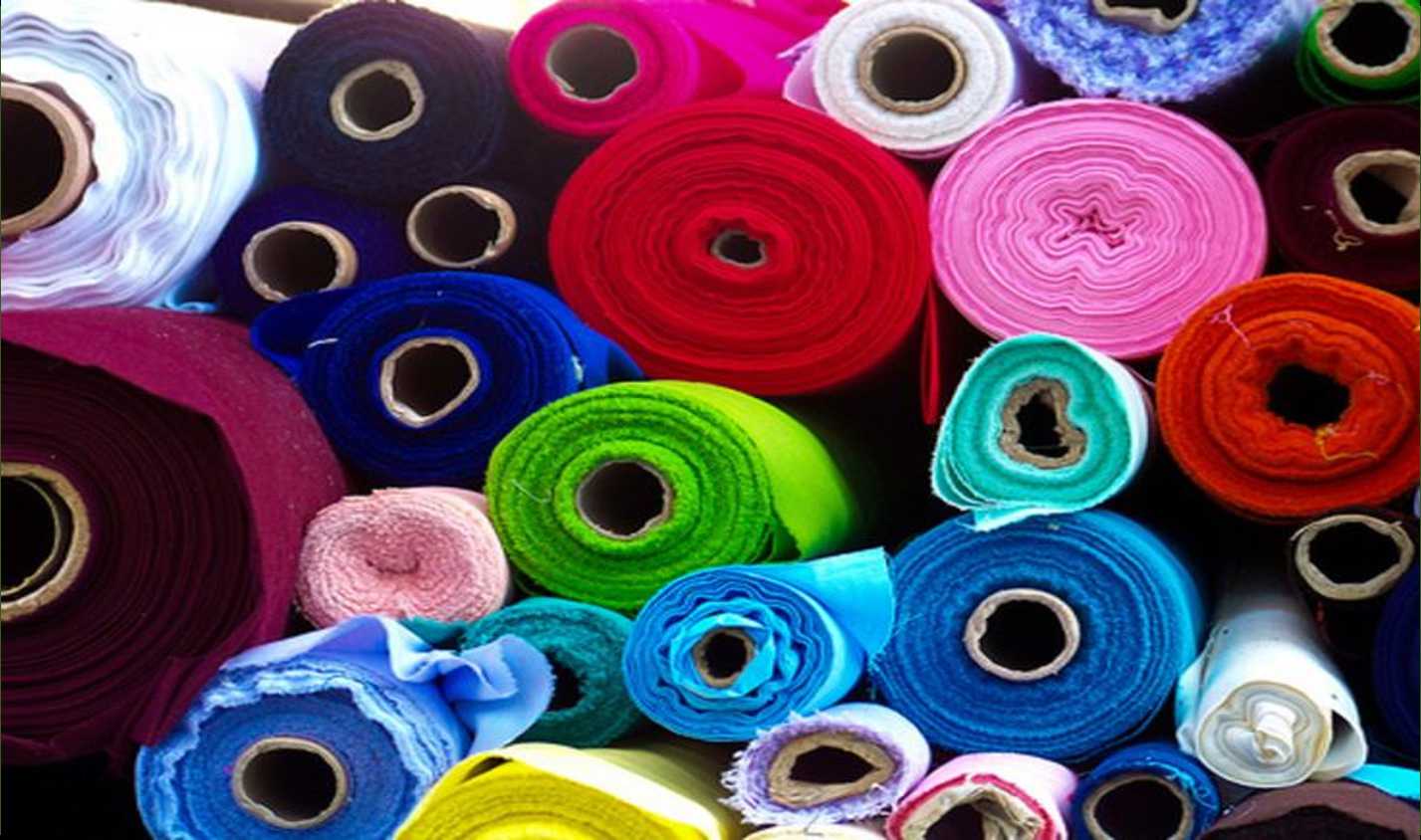























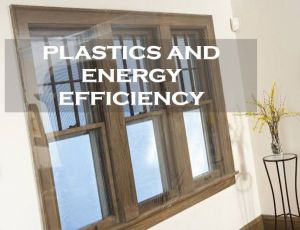
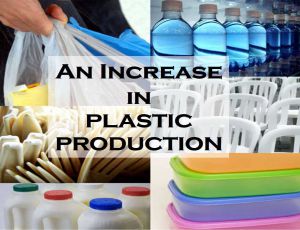
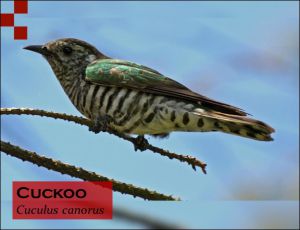







Comments